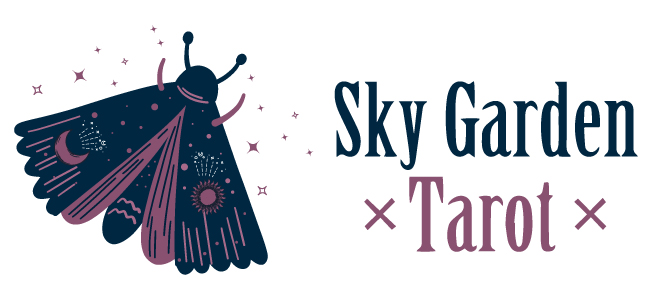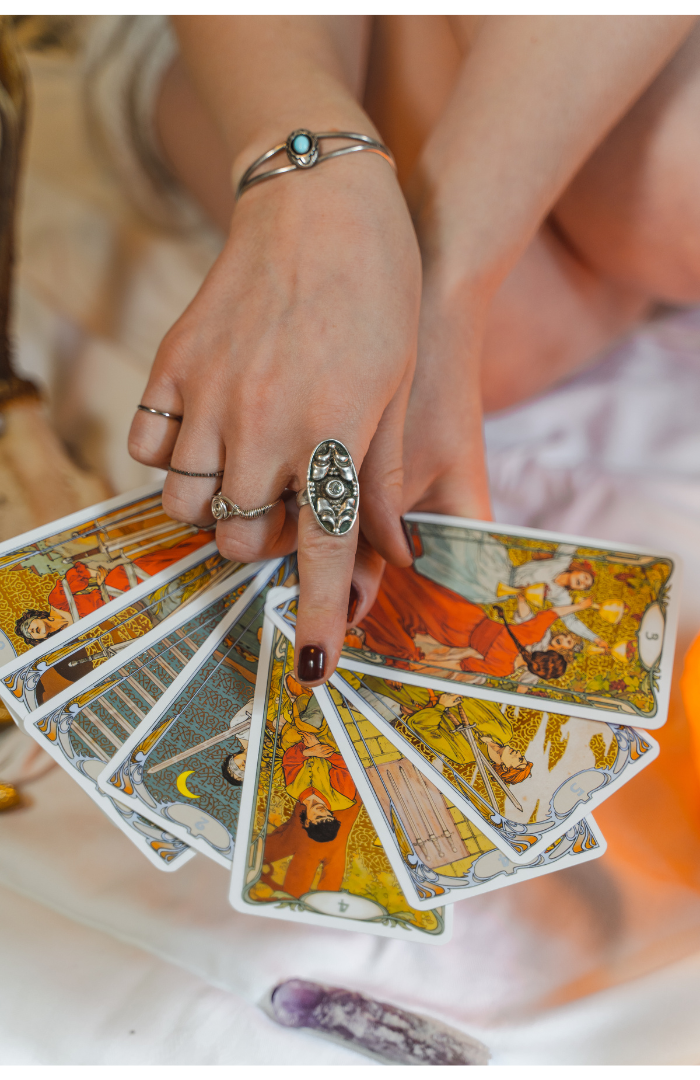Tarot cards have long been associated with mystery, divination, and the arcane. These intriguing decks of cards, adorned with colorful and symbolic imagery, have captured the imagination of people worldwide for centuries. From their humble beginnings as a simple deck of playing cards to their role as tools of fortune-telling and spiritual guidance, the history of tarot is a fascinating journey through time and culture.
Origins and Early Development
The exact origins of tarot cards remain shrouded in mystery. Many theories abound, but the earliest concrete evidence of tarot cards can be traced back to 14th-century Europe. Some researchers suggest that tarot cards might have originated in Egypt or the Middle East, while others argue for a more European origin. The earliest known surviving tarot deck, the Visconti-Sforza Tarot, dates back to the 15th century and was likely created for the ruling families of Italy.
Initially, tarot cards were used primarily for leisure, serving as a new form of playing cards with unique suits, trumps, and court cards. They were played in various games, similar to modern-day Bridge or Poker. However, the symbolism and rich imagery of the tarot deck would soon attract the attention of mystics and occult practitioners.
Tarot and the Occult
During the Renaissance, a period marked by an intense interest in esoteric knowledge and the occult, tarot cards began to acquire a mystical aura. Occultists and spiritual seekers started interpreting the symbols on the cards as keys to hidden wisdom and spiritual insights. This led to the emergence of tarot as a tool for divination and fortune-telling.
One of the most influential figures in the history of tarot’s association with the occult was the Frenchman Antoine Court de Gébelin, who wrote extensively on tarot symbolism in the late 18th century. He believed that the tarot contained ancient Egyptian wisdom and that the cards were linked to the mysteries of the Book of Thoth. Though many of his theories have been debunked, his work had a lasting impact on the esoteric traditions surrounding tarot.
Tarot in the 19th Century
The 19th century saw a resurgence of interest in the occult and spiritualism, further cementing tarot’s position as a tool for divination and self-discovery. During this time, tarot decks became more widely available, and various artists and occultists started creating their own unique interpretations of the cards.
One of the most famous tarot decks from this era is the Rider-Waite Tarot, designed by the artist Pamela Colman Smith under the guidance of the occultist Arthur Edward Waite. Published in 1910, this deck became the standard for modern tarot readings, with its vivid illustrations and emphasis on the symbolism of each card.
Tarot and the New Age Movement
The 20th century brought significant changes to the world, including shifts in spirituality and the rise of the New Age movement. Tarot cards found a place within this movement, offering seekers a means to connect with their intuition, explore their inner selves, and seek guidance from the cards’ symbolism.
Psychologist Carl Jung also played a role in popularizing tarot as a tool for personal growth and self-discovery. He saw the tarot as a way to tap into the collective unconscious and believed that the cards’ archetypal images had a profound impact on the human psyche.
Tarot Today: From Mysticism to Mainstream
In recent decades, tarot has undergone a transformation from a niche practice of mystics and occultists to a mainstream phenomenon. The internet has played a significant role in this shift, making tarot readings and resources readily accessible to a global audience.
Modern tarot practitioners come from diverse backgrounds, and the interpretation of tarot cards has expanded to include various psychological, spiritual, and self-help approaches. Many people use tarot as a tool for introspection, mindfulness, and personal development, rather than relying solely on fortune-telling.
Tarot Ethics and Cultural Sensitivity
As tarot gains popularity worldwide, discussions about cultural sensitivity and appropriation have become more prominent. Some traditional tarot decks feature imagery that may be offensive or misrepresentative of certain cultures. In response, contemporary tarot artists and readers strive to create more inclusive and culturally aware decks that respect the origins and symbolism of the cards.
The history of tarot is a captivating tale of transformation, from simple playing cards to powerful tools of divination and self-discovery. As tarot continues to evolve, its mystical allure and timeless symbolism remain as captivating as ever. Whether used for fortune-telling or personal growth, tarot cards continue to inspire and empower individuals on their journeys of exploration and introspection. In a world where ancient traditions meet modern sensibilities, tarot cards endure as enduring guides for the human spirit.


0 Comments